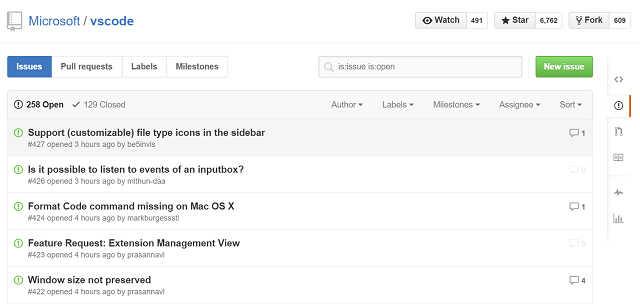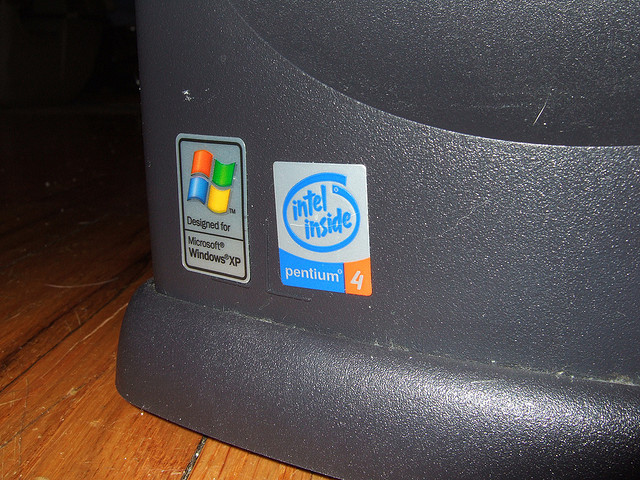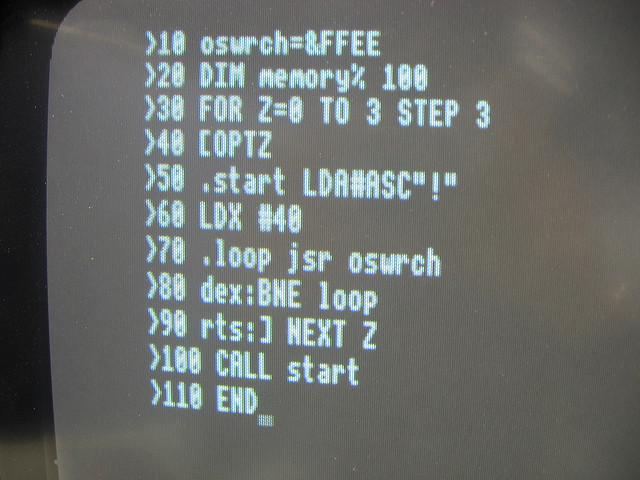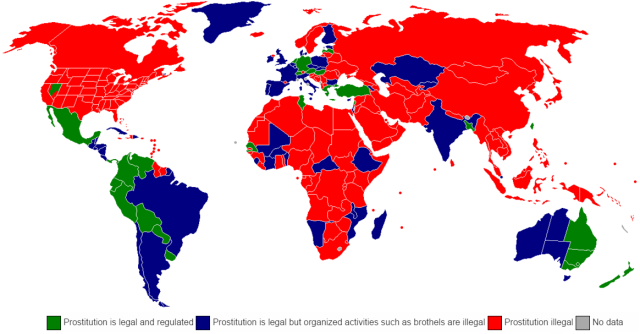

Microsoft is a radically different enterprise since Satya Nadella took control of the helm. In just a short amount of time, it has transformed itself from a stuffy corporate behemoth that dominated the PC space in the ’90s, to a company that makes products that excite people.
Microsoft has also radically changed their corporate culture. Once insular and secretive, the company is now releasing their crown jewels under open source licenses. The most prominent of which is the .NET framework, although more recently Microsoft released Visual Studio Code under the MIT License, and published the source to Github.
But why should you care? You’re not a coder. You’ve got no interest in delving into mountains and mountains of C++ code, just to see how things work. That’s the great thing about Windows – you don’t need to be technically-minded to get the most out of it.
But these behind-the-scenes changes are really important, and promise to have a real impact on how you use your computer, so pay attention.
Microsoft, on any given year, launches hundreds of products. Some, from the very beginning, have a mass-market appeal and become roaring successes. Others, less so, but they do manage to develop a niche following.
Eventually, they get discontinued. Microsoft Money was a great example of this. It was a precursor to Mint, and allowed you to keep track of your finances, and it had a small cadre of users who swore by it. It was one of their oldest products too, first launched in 1991, it was finally discontinued in 2009, after almost two decades of loyal money saving service.

Now that Microsoft is finally open to releasing the source code to their products under permissive licenses, it stands to reason it will eventually start open-sourcing products it no longer intends to pursue commercially, much like ID Software has done with many of its games, like Quake 3 and Doom.
Which means that when something gets killed by Microsoft, the community will be ready and able to pick up the slack, should they want to.
You probably didn’t know this, but while Microsoft was toiling away on Windows 8 and Windows 10, a secret 100-person team in Redmond was working away at another operating system called Midori. Few people outside of Microsoft have ever seen it, but from what’s been publicly disclosed, it looks incredible.
You see, the Windows you’re likely reading this article on has a long history, and has inherited a lot of code and design decisions from the very first versions of Windows. Some of those design decisions made sense at the time, but in light of a new computing landscape with new security threats and increasingly powerful systems, look somewhat dated.

Midori was a fresh start. It could run applications that were distributed across multiple nodes. It sandboxed applications (like Android does) in order to increase security. More importantly, it would be faster and more stable, as essential parts of the system – like the kernel, device drivers, and applications — would be written in something called “managed code”.
It would have been incredible.
Unfortunately, it appears the project has come to an untimely end, with staffers either being laid off, or reassigned within the company. Microsoft has said that it intends to use some of the concepts from Midori in later versions of Windows.
Some of those who were laid off have since blogged about their experiences and reflections on the Midori project. One of the more interesting points made by former Midori developer Joe Duffy was that it would have been better if it was open-sourced from the very beginning.
“My biggest regret is that we didn’t OSS it from the start, where the meritocracy of the Internet could judge its pieces appropriately. As with all big corporations, decisions around the destiny of Midori’s core technology weren’t entirely technology-driven, and sadly, not even entirely business-driven”
Perhaps this intriguing experiment in operating system design might not have been a failure, if the general public was able to evaluate and assess the merits of Midori, and offer feedback. While the past certainly can’t be changed, the future looks bright for Microsoft, which has never really been all that shy when it comes to showing what it’s working on.
Look at the Github page of any major open-source software product – be that WordPress, the Linux kernel, or even Microsoft’s Visual Studio Code – and you’ll find an issues page. This documents the various problems that have been found in a program, and are submitted by both developers and users alike.

That’s the great thing about open source software. What was once only available to a handful of developers is now seen by a larger audience, who are able to identify, explain, and help resolve problems.
Now, imagine if you could do that in a major piece of commercial software. With Microsoft gradually open-sourcing select parts of its software repertoire, this is now a reality.
This goes back to the earlier point about abandonware. Microsoft choosing to open-source some of its software catalog suggests (but by no way guarantees) that there’s the potential for certain software packages having their life cycle extended.
From Microsoft Money, to the seemingly immortal Windows XP; when Microsoft kills something, people get upset. Open-sourcing these vital pieces of software means that there’s a chance the community can take over, and patches and updates will continue to be offered, provided there’s still the interest.

For businesses still stuck using older versions of Microsoft software due to legacy concerns, they’d be able to either self-support their own software, or pay a third-party to do so. That’s really exciting.
This one will undoubtedly be controversial (feel free to tell me how wrong I am in the comments), but here goes. I think Microsoft choosing to open-source its code will be a boon for people who are learning to code.
I came to this conclusion after speaking to multiple people about how they learned to code in the 1980s, before Stack Overflow, Code Completion, and Reddit were things. For the most part, they took code that somebody had already written, and they modified it. Through trial-and-error, they took someone else’s work, and made it their own. They’d spend hours hacking away on their BBC Micros and Spectrums, just to change what an object looked like, or to add to a game they owned.

Microsoft choosing to publish their code on Github would take that concept, and apply it to the 21st century. People could learn to code by modifying programs they use on a daily basis. How cool is that?
You probably aren’t a coder. That’s fine. Most people aren’t. But you should care about Microsoft choosing to open-source more and more of its code because it indirectly impacts your digital life.
It also emphasizes how Microsoft is becoming a more open company; from its Windows 10 Insider Preview program, where users can test new features as they’re built; to its adoption of Github; to even its decision to allow iOS and Android apps to run on Windows 10.
Moreover, they’re seemingly happy for Microsoft’s software to run on competing platforms. For example, Android now has a version of Microsoft Office, while Linux has both the .NET framework, and Visual Studio Code. The former piece of software has the potential to lead to even more cross-platform software, as developers can write code once, and run it on the .NET framework across Linux, OS X, and Windows.
Are there any other awesome upsides to Microsoft embracing the Open Source movement? Tell me in the comments below.
Photo Credits: Windows XP (Rob DiCaterino), A Piece of Code (Timitrius)




 Just Cause 3: How to Find the Last Base of Every Region Location Guide
Just Cause 3: How to Find the Last Base of Every Region Location Guide Destiny The Taken King Guide: 6 Tips and Tricks To Get To 290+ Light
Destiny The Taken King Guide: 6 Tips and Tricks To Get To 290+ Light A Sum of Parts: Fan Fiction
A Sum of Parts: Fan Fiction Football Manager 2016: strategy / tactics guide
Football Manager 2016: strategy / tactics guide 5 Times Drones Have Breached Personal Privacy
5 Times Drones Have Breached Personal Privacy